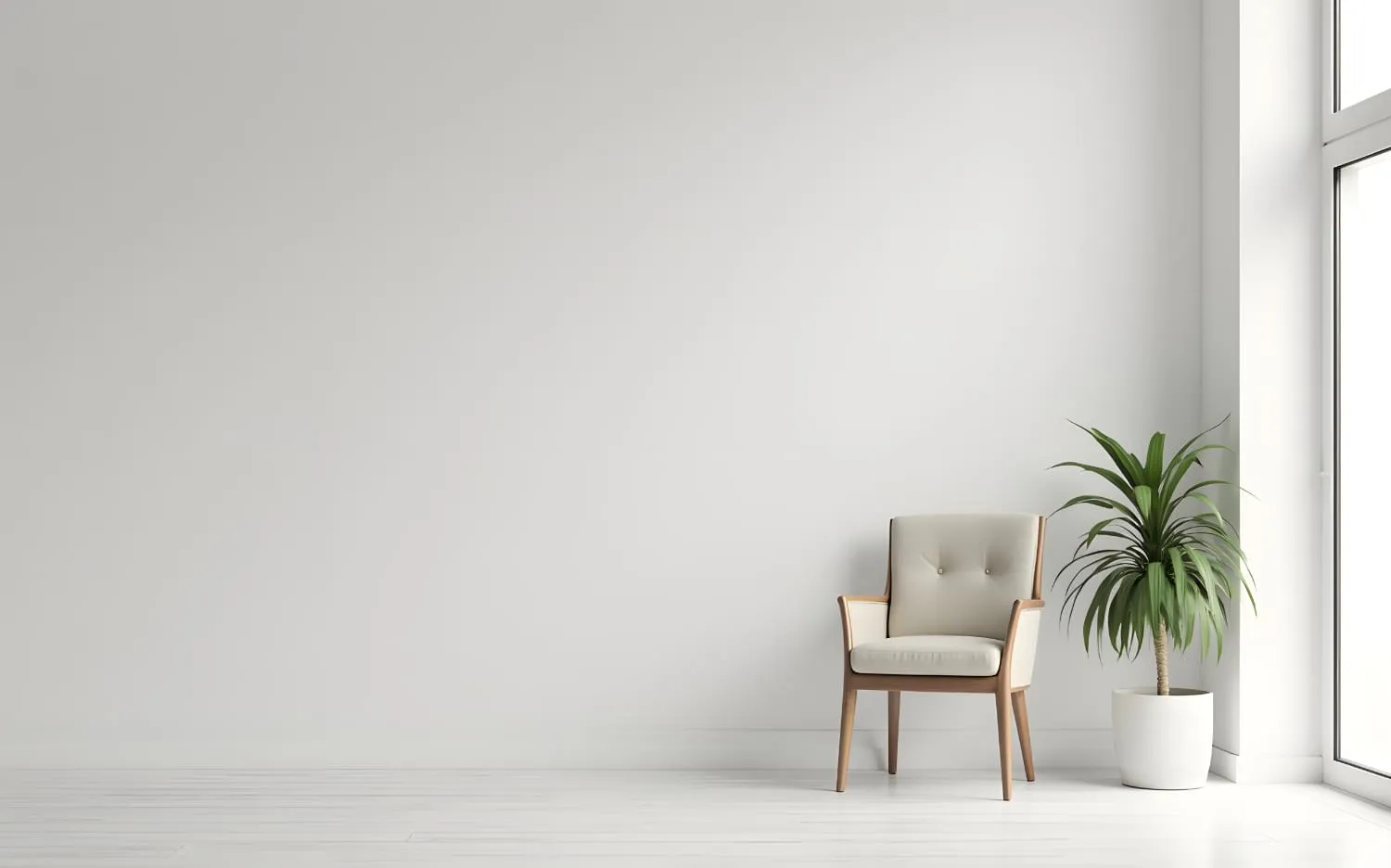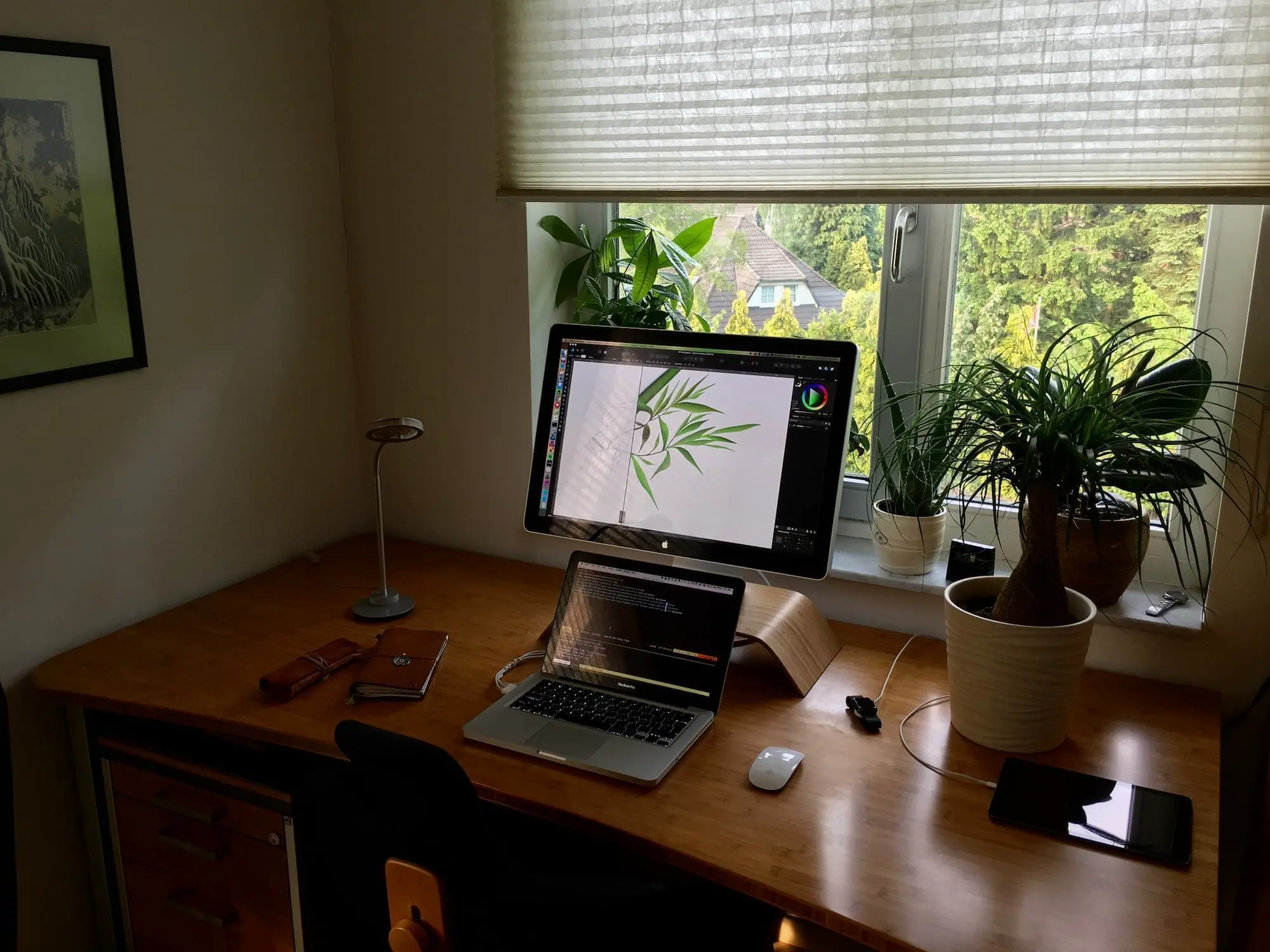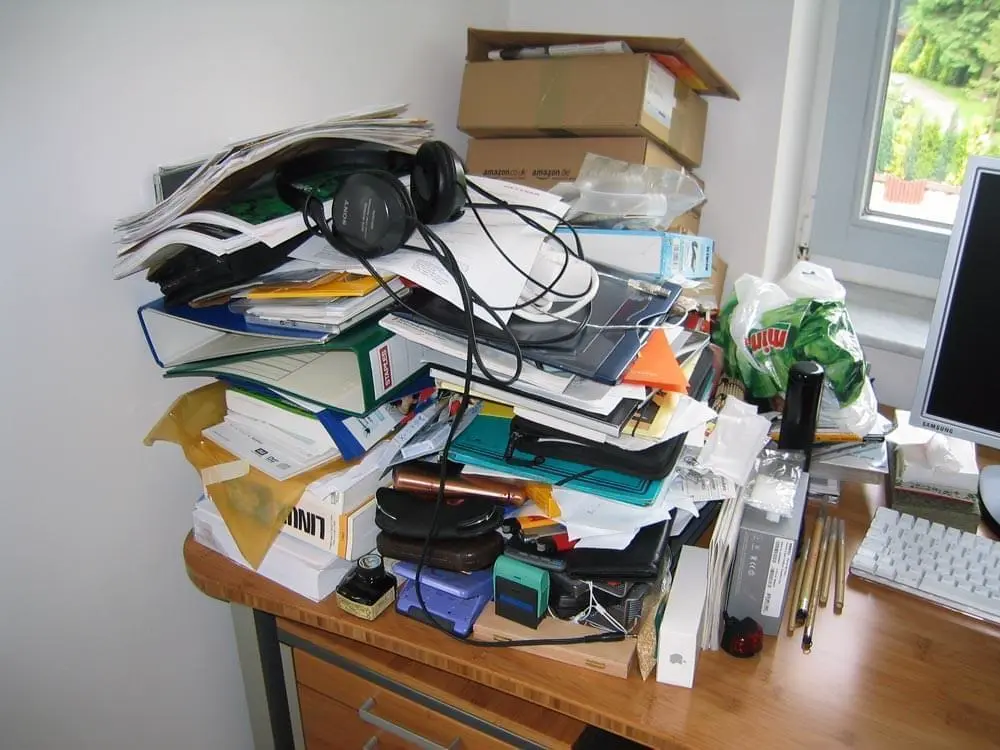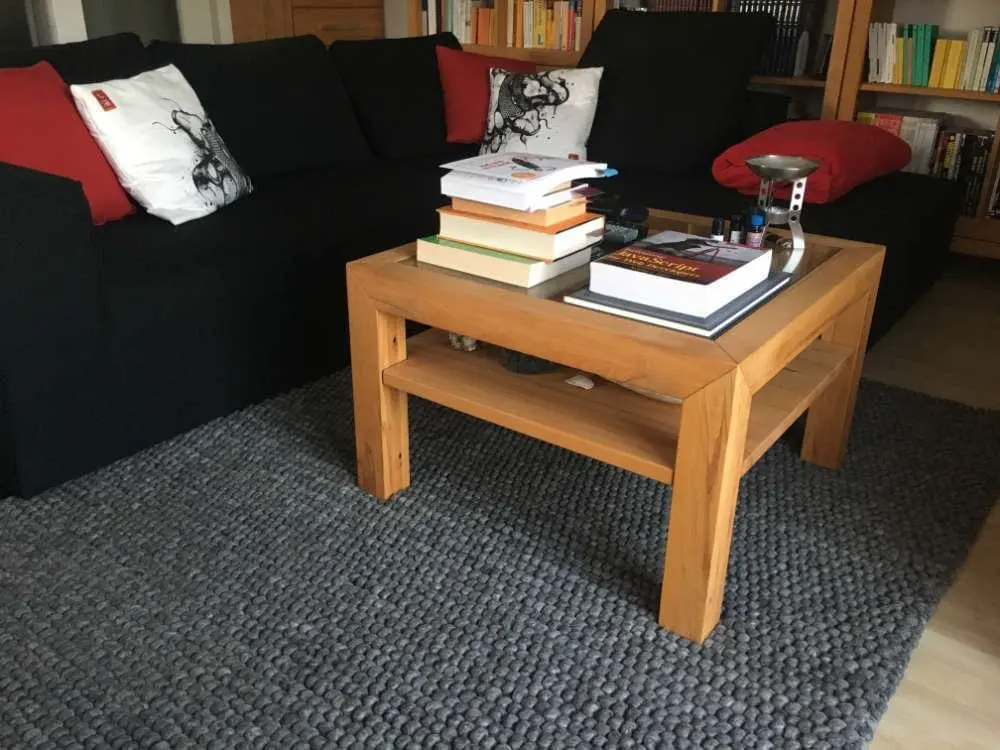Minimalism

The Pursuit of Minimalism
Minimalism has come a long way. It recently got again a lot of traction with its highest search volume on Google ever recorded in January 2017. Because Minimalism is hard to define, it leaves a lot of room for interpretation and its meaning shifted recently more from being a philosophy to a lifestyle.
In his video Being a Minimalist, the creator JP Sears jokes about the extremes of Minimalism. People move to Minimalism for different reasons. Some are overwhelmed by capitalism and the accelerating speed of life. Others care about the ecosystem, as a result of balancing sick excesses like fast fashion and constantly rising consumption of resources. Many people follow a trend to feel unique or set a statement on their wealth, by not having things as a symbol of status.
The Spectrum of Minimalism
Many people misunderstand Minimalism as a form of a search for expensive design objects to fill their houses with, which is not Minimalism but a form of hyper-capitalism. It’s not inherently wrong to surf on sites with Minimalist items to buy or be inspired by simple design, as long as it doesn’t result in buying things to try to become a Minimalist.
On the other side of the spectrum, you can see the extreme Minimalists, living out of a box, owning 19 items, racing to be the most minimal Minimalists, and sitting in empty rooms on the floor. If you follow this philosophy, you are only allowed to use white and black colors for everything as an extreme Minimalist. This form of Minimalism is suitable only for a few people. It deters plenty of people to try out Minimalism. But it helps to be interviewed in media, sell your book, or be invited to conferences.
Minimalism is not glamorous, it’s humble and a result of deep mindful thinking. It is a mindset or philosophy, not a method. And the reduction of physical possessions is a result of Minimalism, not Minimalism itself, as Colin Wright explains in his article Minimalism Explained.
Criticism of Minimalism
Critics of Minimalism describe it as cold, empty, and without personality. People following Minimalism would deny their past or prove their inability to connect to other people. It would be a hopeless attempt to control life, as Linda Tutmann described Minimalism in her ZEIT article Alles mein.

This misconception of Minimalism is the result of its shift to a lifestyle and of extreme Minimalists, who live in sterile homes. Minimalism is not about having as few things as possible. It is about not owning things, which don’t bring joy or getting rid of things, which were acquired as a result of other reasons than a need or love for an object.
The wrong reasons might be diverse: Boredom, inner emptiness, the desire for status, procrastination, the uncomfortable feeling of thinking of oneself, the attempt of freezing time for nostalgic reasons, and many more.
The Origins of Minimalism and Simplicity
As everything in this world is connected, Minimalism has its roots in multiple different schools of thinking. One closely related is Simplicity. I found this definition (source unknown) about the difference between Simplicity and Minimalism:
Minimalism is the reduction of quantity.
Simplicity is the reduction of complexity.
Minimalism is sometimes defined as Simple Living. Simplicity will inevitably be part of a Minimalist’s life. The reason is deep thinking results in love for simple forms. Objects, which are resistant to temporary fashion, which endure time and follow the concept of form follows function.
As Kenya Hara writes in Wa: The Essence of Japanese Design, the origin of Simplicity can be found in the European modernism as a result of the society getting free of sole rulers (who were defined by objects of decoration and excess of material objects). Rationality was the basis of this concept, resulting in Bauhaus in 1909 and the founding of Domus in 1928.

The Japanese Simplicity is described as Emptiness by Kenya Hara and has a complex background: Japan was positioned at the end of many routes of cultural influence. From Rome along the Silk Road to Central Asia, China, Korea, and south from Turkey over India, South Asia, and north along with Russia. But after a civil war from 1467-1477 (ōnin no ran), which destroyed countless objects of art (temples, statues, paintings, and kimonos), may be out of necessity, a new form of simple and quiet design emerged.
Different ideas like shintō, zen Buddhism, and Daoism influenced this form of Simplicity (and Minimalism) in every aspect of life. In shintō the concept of emptiness is the result of the creation of a space for the kami (deities) to fill it. Zen Buddhism brought aspects like Upādāna (Sanskrit. the attachment, clinging, or grasping on ephemeral things). As a result, many new ideas based on Emptiness, Simplicity, and Minimalism emerged: wabi-sabi, kintsugi, Japanese gardens, bonsai, ikebana, chadō or haiku.
Why Become a Minimalist?
Minimalism in its core idea should free a person many limiting things: Fewer things, to think of, less to hang your heart on, less to clean, less to deal with every day, less lingering of the past (Nostalgia), less fear of losing things, less debt, less guild for buying useless things. Instead, one gains more time, more space for people, more money, more inner peace, and more space for thinking. Time for your health, relationships, passions, growth, and contributions.
That’s why I think extreme forms of Minimalism can result in less freedom. If a Minimalist owns five shirts and needs to clean them every weekend or will run out of clean shirts, Minimalism hinders freedom.
My history as a Minimalist
I was always a Minimalist, even when the term didn’t exist. My first contact with the idea was in high school, where we had to read To Have or to Be? by Erich Fromm.

The next thing which influenced me was the book and movie Fight Club. It’s filled with quotes against consumerism, capitalism, and property. It has countless Anarchist ideas, which is the main reason it was rated PG18.
The things you own end up owning you.
The next step was reading David Allen’s book Getting Things Done (GTD), which is a productivity system, but at the beginning of the process is the inventory of your things.

This way I got rid of many things for the first time.

The exhibition LEVEL GREEN in Autostadt Wolfsburg introduced me first in a differently drastic way to the concept of sustainability. People could learn, by answering questions about how they lived, and how big their impact on the earth was. To maintain my lifestyle from back then, I would need 1.8 planets of Earth. This changed my idea of how to live responsibly a lot.
The books of Marie Kondō brought Minimalism again into my mind, and I did another big cleanup of my flat. In general, Japan provides good ideas for the concept of Minimalism. This is because of their history (as mentioned above) and because Japanese homes are small.
In the last few years I changed my ideas of how to live in many ways:
On Getting Rid of Things
I cleaned my whole flat of things I didn’t like or needed anymore. It took me three days to clean my basement from packages, cables, and technical waste, which I acquired over 10 years.

I gave more than 150 books away (I own 763) and sold my car. I use the subway, bus, car-sharing, and train to commute or travel.
Not only that, but I scanned my documents into digital form and recycled the paper.
Recently, I counted all my possessions: I own 2486 items, which is a fourth of the amount a European person owns on average (10,000 items). I counted everything, from my wardrobe to dental brushes. 356 items in my bedroom, 242 items in my corridor, 68 items in my bathroom, and 1820 items in my living room and kitchen. I repeated this count in 2022.
On Consumption
I changed my relationship with consumption. Quality over quantity. I buy natural things, made from natural materials. I learned to find the passion for nice and crafty things (I bought a Traveler’s Notebook and a Laguiole en Aubrac knife). Likewise, I try to buy fewer physical books, though I love them. My rule for books is: They need to be designed with love and care, or I’ll buy them as e-books.
On Fashion
I never had a high interest in fashion, this was easy for me. I buy good quality; simple, plain, timeless. Black, white, blue, beige, and other simple colors. No motives or fancy slogans. Cotton, wool, leather, linen, denim. And I’m not concerned with the brand. But if the nicest and best fitting glasses have Dolce & Gabbana printed on the side, fine. I try not to grab something because it’s a special brand.
On Sustainability
I switched to green energy a few years ago, buy organic food if available, and think long if I want a new product. I own no microwave or dishwasher and don’t miss them. Likewise, I do waste separation (we Germans are world champions in this discipline). My waste disposal company wrote a letter to me recently, telling me I use little garbage (and waste money). I used 305 liters of the yearly obligatory 1560 liters. I should think of selling my waste rights.
On Living
When I was young, I always wanted a big, big house (preferably on a remote private island). But living in a small space is helpful for a Minimalist. It forces you to make decisions in your interest. I live on 51 m², and this is enough space for 1-2 people. That’s why I think if I need to buy something. I like the concept of small space living, but I’m happy to have a separate bedroom. This is much more relaxing, because of the different temperatures in the living and sleeping area. And I do not keep electronics in my bedroom.

On Digital Minimalism
I deleted many apps from my digital devices. Less distraction, fewer push messages. By uninstalling social media apps, I’m less likely to surf social media and form bad habits.
I reduced my contacts on social media to roughly around Dunbar’s Number, which is a suggested cognitive limit to the number of people with whom one can maintain stable social relationships (150 people).
If I find information that I want to remember, I try to store it less in digital form (I used to have 10,000+ notes in Evernote), but instead, use more analog, and create Sketchnotes of the basic concepts of an idea.
My calendar is nearly empty, I attempt not to fill it with appointments and live less planned.
And on multitasking: It doesn’t work for humans, this was proven in more than enough studies. Even the best multitaskers are slower while multitasking as if they would do the tasks in sequence. That’s why I try to single-task if possible. I keep my phone on the desk while watching TV and attempt to read less while eating.
Conclusion
Minimalism is not a goal to reach, it’s a steady process, which you have to decide from moment to moment. This is possible if you are mindful and think about your relationship to material objects.
As JP Sears jokes: It’s not about being so poor, that you have the inability to have things. That’s poverty. It’s about being so rich, that you can afford to live like a poor person.
Following the Minimalist philosophy will benefit your wealth. You will not be rich in things, but use your saved money to invest wisely, or spend it on intangible things, make experiences, follow your passions, and live a life worth remembering.
Recommended Videos, Articles, and Blogs
- Minimalism: A Documentary About The Important Things
- Less stuff, happier life
- Life is easy. Why do we make it so hard? | Jon Jandai | TEDxDoiSuthep
- TEDxO’Porto - Mark Boyle - The Moneyless Man
- Less stuff, more happiness | Graham Hill
- TEDxBoulder - Grant Blakeman - Minimalism - For a More Full Life
- A rich life with less stuff | The Minimalists | TEDxWhitefish
- TEDxAsheville - Adam Baker - Sell your crap. Pay your debt. Do what you love.
- The less you own, the more you have | Angela Horn | TEDxCapeTown
- What exactly is a ‘tiny house’? | Amy Henion | TEDxNortheasternU
- The Art of Enough
- The Minimalists
- Aesence/
- Becoming Minimalist
- Minimalissimo
- The Everyday Minimalist
- Minimalist Life
- 5 STYLE